
Principal’s Corner
by Mr. Andrew Powell, EY-12 Principal
Involving students in defining high-quality learning and teaching
As part of our current international accreditation cycle, we are engaged in a number of activities aimed at driving continuous improvement and ensuring that we are committed to the delivery of a high-quality international education. This process is led by Ms. Juanson in her capacity as our Accreditation Officer and over the next eighteen months there will be an opportunity for our community to engage in this process in different ways and to varying degrees.
Students from Grade 2-12 have recently had the opportunity to have input into the way in which we define high-quality learning and teaching (HQLT) at CIS. Simply put, HQLT should be at the very heart of any quality school or learning institution. Naturally, for developmental reasons learning and teaching may also look quite different according to the ages of children. How it looks from school to school will and should vary and will be dependent on school context and culture. What works well in one school may not work well in another. High-quality learning and teaching is certainly a point of difference between CIS and other schools in the Visayas, and indeed around the world.
We firmly believe that students should be involved in decision-making processes at school. In addition to developing leadership skills, it provides ownership and meaningful engagement. This also has the potential to provide students with the opportunity to critically reflect on their circumstances, engage in meaningful decision making, and can lead to powerful learning opportunities.
 As grade level groups our students were provided with provocations that had them think and reflect about HQLT in the context of themselves and others. Students were then very much engaged in a collaborative process in which they discussed and synthesized ideas in order to develop statements that defined HQLT at each grade level. Recognizing the importance of action and responsibility, our students were also challenged to identify how they could contribute at home and at school to ensure that their learning is of a high quality. For many of our students, these will serve as goals for the upcoming year.
As grade level groups our students were provided with provocations that had them think and reflect about HQLT in the context of themselves and others. Students were then very much engaged in a collaborative process in which they discussed and synthesized ideas in order to develop statements that defined HQLT at each grade level. Recognizing the importance of action and responsibility, our students were also challenged to identify how they could contribute at home and at school to ensure that their learning is of a high quality. For many of our students, these will serve as goals for the upcoming year.
As the Academic Management Team reflected upon the responses that we received from students as part of this process, it was affirming to note how the statements clearly linked to our current definition of High Quality Teaching and Learning along with what we value as a school.
Upcoming events of note
- Sept. 9: Osmeña Day (Public Holiday) ← Tomorrow is a holiday!
- Sep 15: ES Goal Setting and Conferences day (no classes for ES students)
- Sep 16: House Activity Day (HAD) 1 (half day of morning events/dismissal at 11:30 am (ES) and 11:45 am (MHS); Teacher Inservice day in the afternoon)
- Sept. 20: CIS Corporation Meeting (members only))
- Sept. 27: Parent Coffee Meeting, 8-9am (CIS Annex) ← Save the date! (Note our new starting time, by request so parents can stay after dropping off their children!)
Please refer to the CIS Event Calendar for the complete calendar of school events.
Grade 11: Theory of Knowledge (TOK)
by Mr. Damon Freeman, TOK Teacher
The grade 11s have commenced their TOK journey. This is a subject in which we explore second order knowledge questions about not only WHAT we know, but HOW we know what we know. As society and individuals we are filled with different perspectives, biases and experiences which influence how we see the world around us. In TOK we explore, examine and ponder how we understand knowledge and how to question the information we receive. In a world where we are coming to terms with information overload, much of it false, we need the skills to be able to understand what we know, how we know it, as well as other people’s perspectives.

The students have had brilliant discussions on a range of topics and it’s been amazing to see young minds open up to gather new perspectives on knowledge and the world around them. During this semester we are focused on our core theme `Knowledge and the Knower` where we`ve had intriguing sessions about the effect of Bias, Context, Reason, Empathy, Emotion, Memory, Relativism etc on how we perceive and interpret Knowledge.
The students will do an exhibition at the end of April where they will select 3 personal objects and one of 35 prompts and write a commentary on how TOK manifests itself in the real world. It will be based on the core theme and one of the optional themes. The current group is showing a high degree of promise to produce some fascinating work.
Grade 4: Haikus
by Mr. Sten Coppin, Grade 4 Teacher
Grade 4 let their creative juices flow while learning how to write haikus. Haikus are traditional Japanese poems with an emphasis on syllables, so the Grade 4 students were able to practice and apply their knowledge to ensure they had a three-line poem with a 5-7-5 syllable count. It was fun seeing classmates sound out words and using their creativity to experiment with words in order to make them fit.
We learned that haikus can be about any topic and have any tone but are often funny, and that was the tone most Grade 4 students preferred. Some students also chose to use their art skills to decorate their haikus as well. We hope you enjoy reading our haikus!
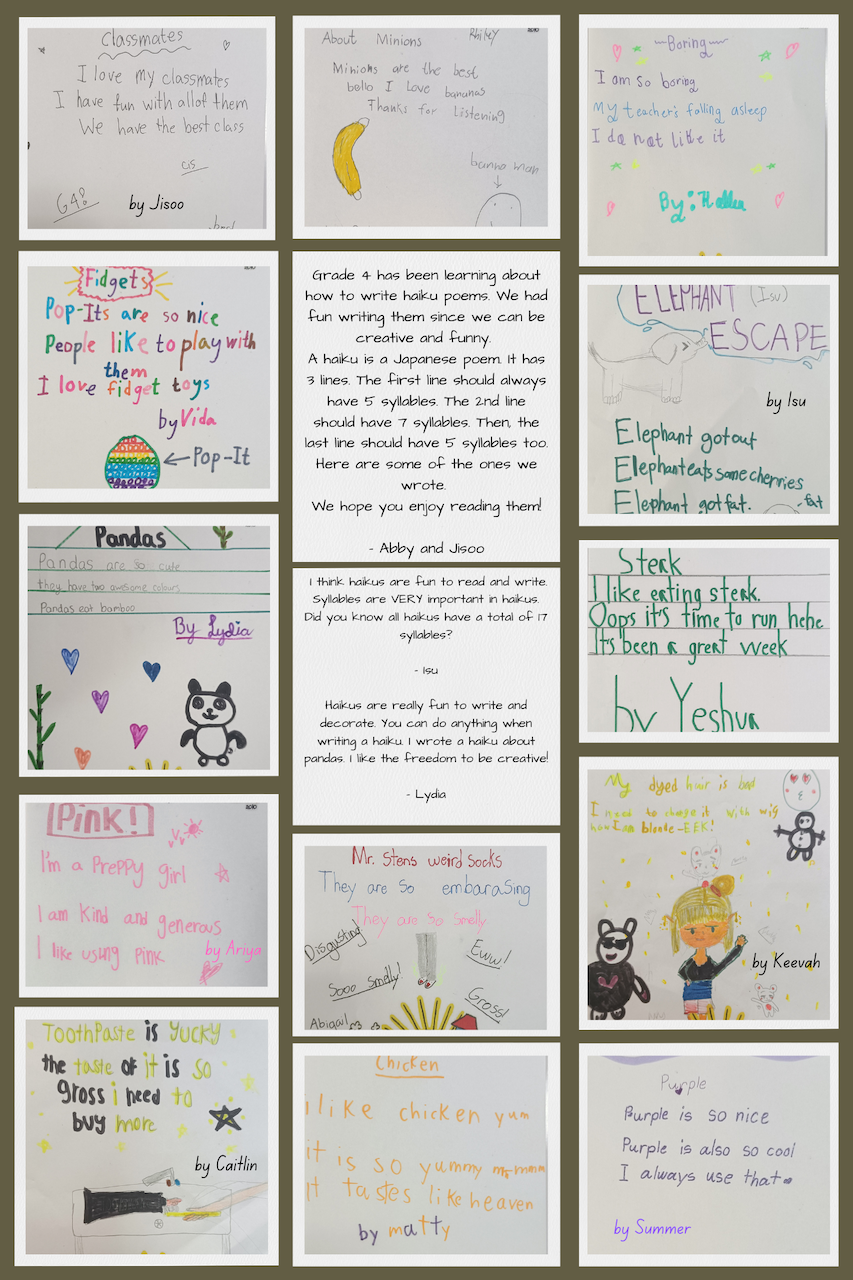
Grade 8: Science Class
by Ms. Christine Enrile, Science Teacher
The unit entitled, ‘On the go!’, focuses on the transformations of energy and how these can be used in everyday life. It is guided by this statement of inquiry:
Man-made systems are designed (and innovated) to optimize the transformation and transfer of energy to promote sustainability.
To develop their understanding on how energy is transformed, the students explored two man-made systems in their formative tasks. Their first exploration is on designing and building a working roller coaster (paper-made). The marble must make it all the way to the end of their designed track. During the process, several revisions had to be made until the goal was reached.
These are examples of the students’ outputs.
M’s Work
The design was finalized in the last step, and it was inspected to see if it met all the specifications and was workable. The final design called “Trap Tikus” includes 1 ladder, 1 hill, 1 curve, and a huge drop in the beginning of the roller coaster design. The design also comes with 3 support stands, the support tool, the funnel under the ladder, as well as the one under the base to keep the design stable.
Yes, the roller coaster design worked more efficiently this time as there was more potential gravitational energy stored in the design, allowing for enough kinetic energy to flow through the full cycle. The rollercoaster ride was able to come to a complete stop with the assistance of friction, and indeed the marble remained in position for the duration of the trip. – M’s Reflection
Hugo’s Work

Initial
My marble didn’t go through the loop because I couldn’t build it properly or there wasn’t enough kinetic/potential energy.
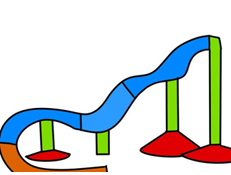
Revised

I finally got it working because instead of making a loop I changed it into a small hill so that the initial hill should have more kinetic/potential energy so that it would be easier to make it work, I also added a curve so that it would be more thrilling. – Hugo’s Reflection
The second exploration involves an investigation on factors that affect the drop time of a parachute and deducing its optimal conditions. Each group chose an independent variable and designed an experiment to test their hypothesis.

Effect of the thickness of the parachute canopy on its drop time.
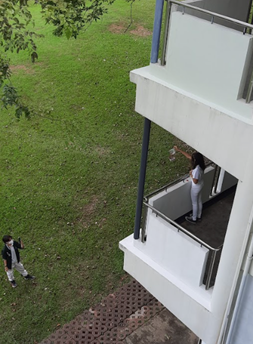
The effect of the different types of canopy material on the drop time of the parachute.
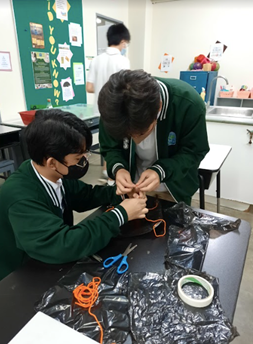
Effect of the length of the string on the parachute’s drop time.
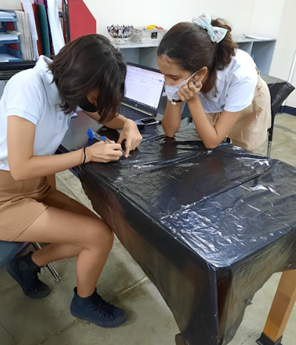
Effect of the different sizes of the parachute canopy on its drop time.

Effect of the shape of the parachute canopy on its drop time.
The students used their knowledge and understanding on transformation of energy and effect of air resistance on falling objects to explain their experimental results.
Overall, the exploration activities were successful. These challenged the Grade 8 students to become collaborators and critical thinkers.
Student Residence
by Mr. John Devadoss, Head of Student Residence

Our students’ emotional well-being is of paramount importance to us at the CIS Student Residence. Enhancing self-esteem, self-confidence, and self-awareness plays a huge role in helping students develop and shape their emotional needs. Having a sense of belonging, feeling wanted, and being loved are just part of it. The CIS Student Residence prides itself on being caring, inclusive, and supportive.
Dragon’s Print
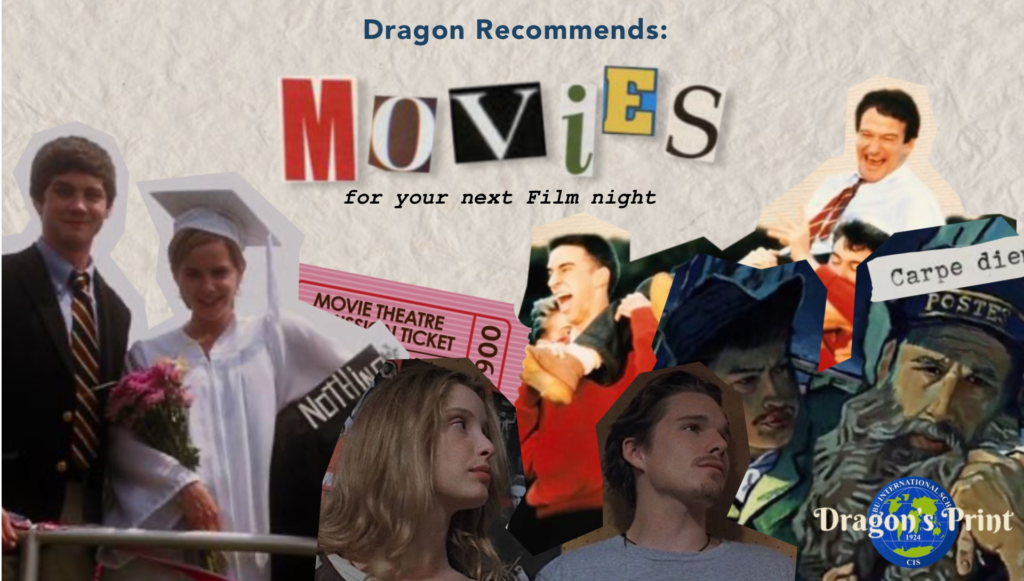
This week, Dragon’s Print has collaborated with The Film Society to bring you an article featuring movie recommendations spanning a variety of genres. Whether it is just for fun or to take a break from your assignments, these movies are sure to keep you entertained.
To learn more visit http://dragonsprint.cis.
Finance News
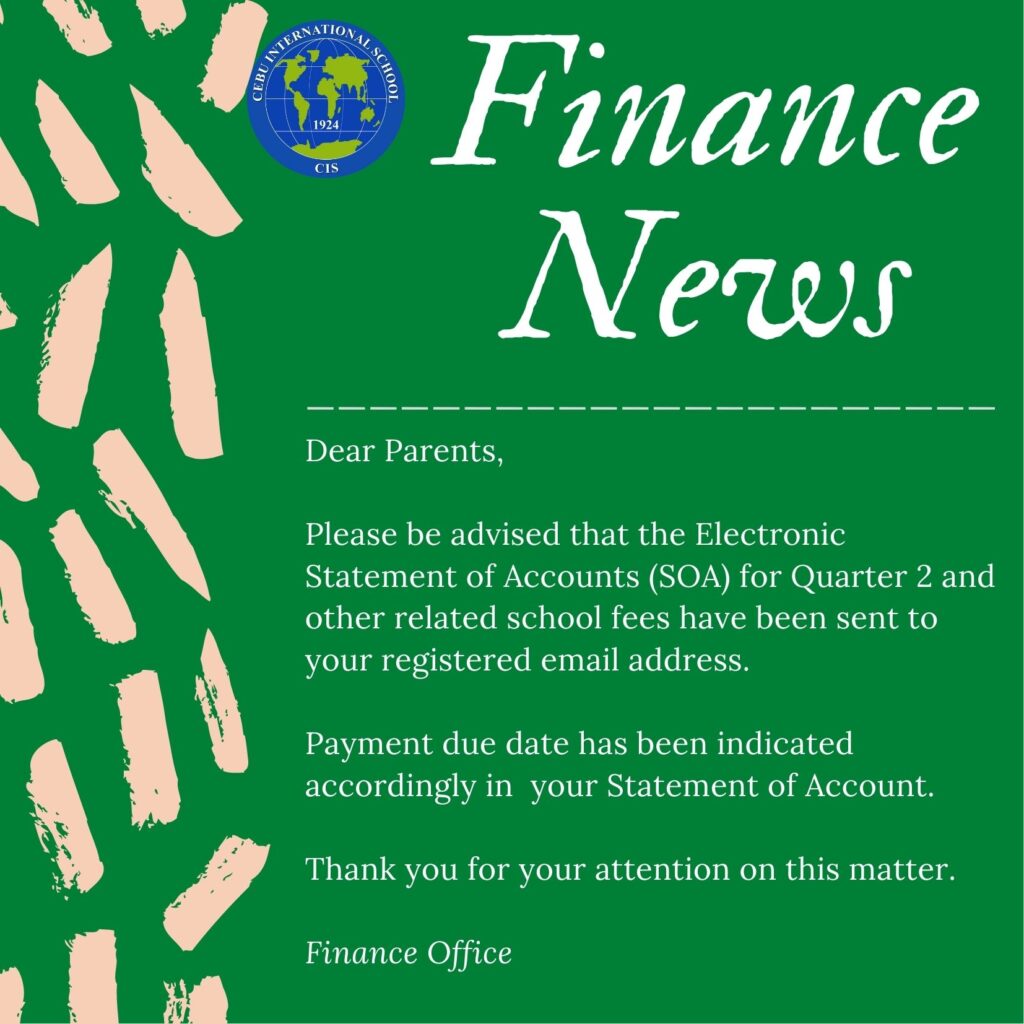
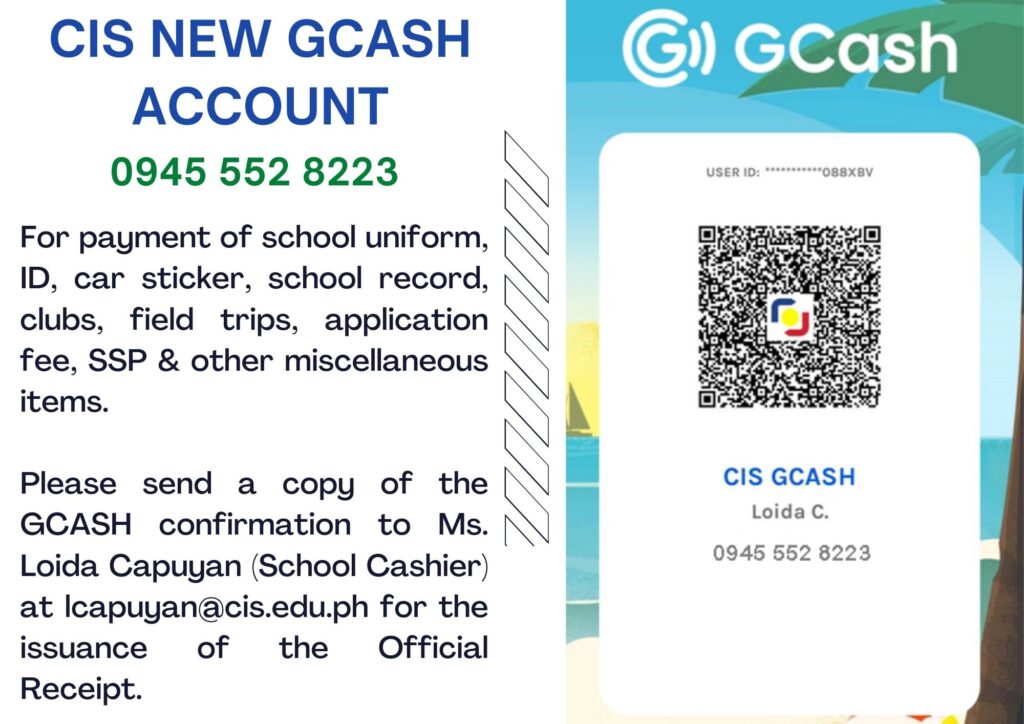
College/Careers Counselor Corner
by Ms. Jenny Basa, College/Careers Counselor Corner
Health Careers Talk
Last month, Mr. Andrew Davey of Griffith University (Australia) spoke to our students about health careers and also shared information about the university. Below are two charts he shared about employment outcomes and projected employment gains per subsector. The data in these charts were obtained from the Quality Indicators for Learning & Teaching (QILT) website.
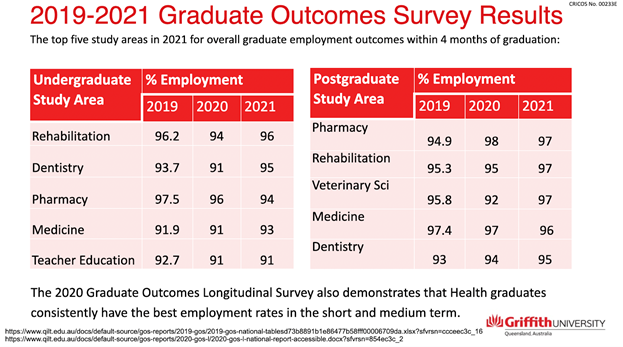
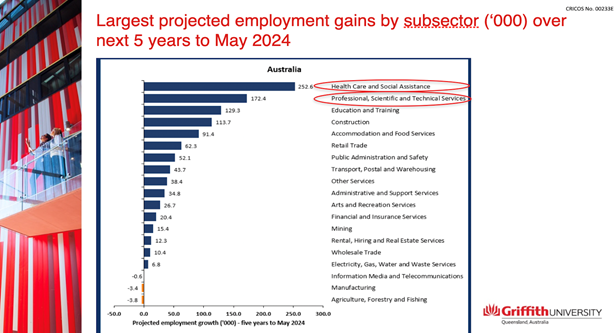
College Events (Virtual and Face to Face)
DATE
September 13
Tuesday
9:15 – 10:00am
Venue: Canteen Annex
Savannah College of Art & Design (USA, France)
In-person info session with the college rep from SCAD. Learn about their programs, the application process, scholarships, portfolio preparation and more.

September 16
Singapore Institute of Management Global (Singapore)
In-person info session with the college rep with Q&A.
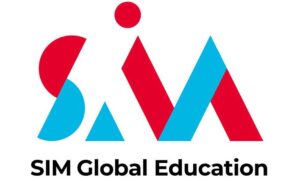
September 27
Tuesday
9:15 – 10:00am
Venue: Canteen Annex
York College Pennsylvania (USA)
In-person info session with the college rep with Q&A.
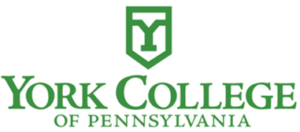
October 4
Tuesday
Venue: Radisson Blu Hotel, Niña Room
New York University – Abu Dhabi
In-person info session with the NYUAD rep. Since this is during the quarter break, the venue & time will be confirmed later next month.
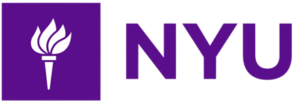
October 11
Tuesday
9:15 – 10:00 AM
Canteen Annex
Hawaii Pacific University (USA)
Info session with the university rep with Q&A.

SAT Update for 2022-2023
2022–23 School Year Test Dates
| SAT Test Date | Deadline for Registration, Changes and Regular Cancellation |
| October 1, 2022 | September 2, 2022 |
| December 3, 2022 | November 3, 2022 |
| March 11, 2023 (Digital) | February 24, 2023 |
| May 6, 2023 (Digital) | April 21, 2023 |
| June 3, 2023 (Digital) | May 19, 2023 |
Test dates labeled Digital means that students will bring a device to the test center and take the exam using their device. The College Board may provide devices for test-takers who do not have access to a device. All test-takers for Digital SATs are still required to report physically to the test center to take the test.
To register for the SAT, you may click on this link. If you need assistance or have any questions, please feel free to email Ms. Jenny Basa at jbasa@cis.edu.ph.






